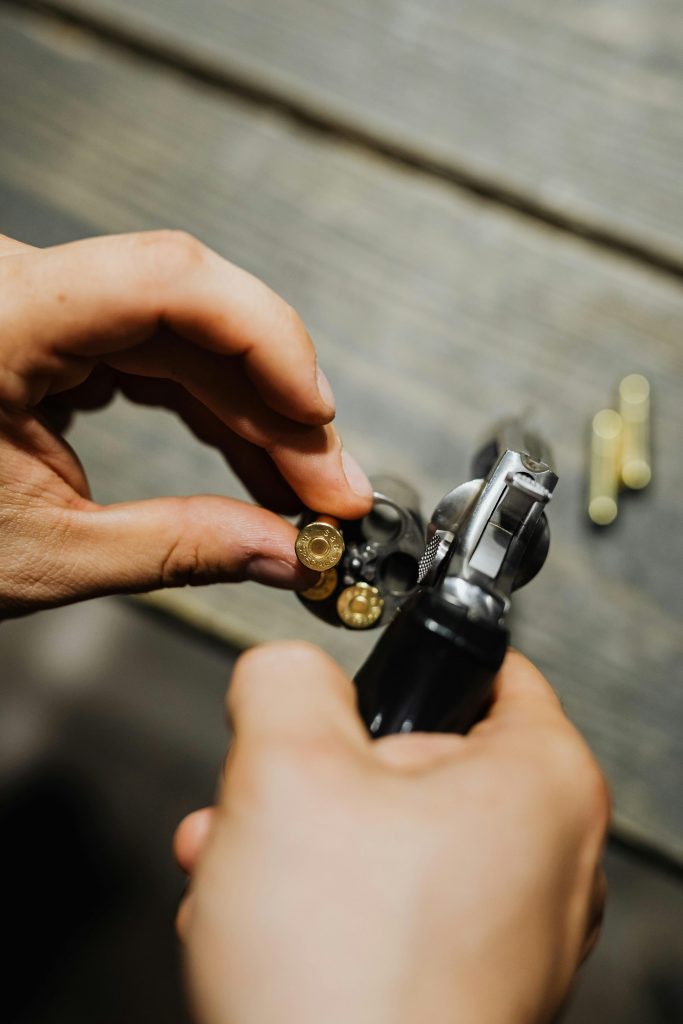Written by: Eliana Durham
On July 16, 2024, the United States Court of Appeals for the Eighth Circuit held Minnesota’s categorical ban on eighteen- through twenty-year-olds obtaining gun licenses violated the Second Amendment of the United States Constitution. The court’s holding grants a new avenue for litigators to challenge similar categorical bans in other states such as New York. The decision also shines light on the kind of arguments that may be successful in the challenge.
Minnesota law states it is illegal for someone other than a peace officer to possess a gun in public without a proper license therefor. To obtain a gun license, a person must be at least twenty-one years old. Three gun-rights organizations challenged the age restriction. The members of these organizations, all otherwise qualified candidates for the proper gun license, argued that the restriction was categorically barred under Second Amendment jurisprudence. The District Court agreed stating Minnesota’s age restriction housed in the relevant gun licensing statutes was unconstitutional. The Eighth Circuit affirmed.
In reaching its conclusion, the court applied the two-part test developed in N.Y. State Rifle & Pistol Ass’n v. Bruen to determine whether the age restriction was a violation of the Second Amendment. The test asks, first, whether “a ‘focused’ application of the ‘normal and ordinary’ meaning of the Second Amendment’s language ‘covers an individual’s conduct.’” If so, then whether “the government[‘s] . . . firearms regulation is part of the historical tradition that delimits the outer bounds of the right to keep and bear arms.” In sum, the court will first determine whether the plaintiffs are a part of “the people” with a right to bear arms as described in the Second Amendment. Second, the government must show that its regulation of those people is “consistent with the nation’s historical tradition of firearm regulation.”
On the first prong, the Eighth Circuit found the plaintiffs were part of “the people” contemplated by the Second Amendment because they are members of the political community, “the people” is not a fixed group, they are adults, and the Second Amendment does not include a catchall for “dangerousness.”
Thus, the government had the burden to show that its exclusion of eighteen- to twenty-year-olds being able to receive gun licenses was consistent with the nation’s tradition of firearm regulation. The government did not meet this burden. The court found the regulation was inconsistent because the new law was not “relevantly similar to laws that our tradition is understood to permit.” Minnesota argued the state implemented the age restrict because people in that age group do not make good decisions and pose a risk of dangerousness. The court rebutted this argument because the state failed to provide enough compelling evidence. The court noted that the state failed to address how the other permit requirements did not mitigate the danger for people in this age bracket while sufficiently mitigating danger for those over twenty-one. “What the record lacks, in other words, is any support for the claim that 18 to 20-year-olds, who are otherwise eligible for a public-carry permit, pose [such] a credible threat to the physical safety of others that their “Second Amendment right may . . . be burdened.” Additionally, the court was unconvinced that the common law, college gun rules, or municipal regulations provided sufficient traditional grounds to allow the restriction.
In the wake of this holding, litigators in states with similar categorical gun license age restrictions may have new ammunition to progress constitutional arguments against such bans. As mentioned above, New York also requires a person to be twenty-one years old to obtain a gun license. If the Eighth Circuit is a beacon of what is to come, New York will need to be able to provide sufficient evidence that eighteen- to twenty-year-olds have a tradition of being excluded from gun licensing. Worth may provide a helpful guide for litigators on both sides on how to successfully challenge or defend a state gun licensing statute.
Sources:
Minn. Stat. § 624.714 subd. 1(a) (2024).
Minn. Stat. § 624.714 subd. 2(b)(2) (2024).
N.Y. Penal Law § 400.00 (1) (McKinney 2024).
N.Y. State Rifle & Pistol Ass’n v. Bruen, 597 U.S. 1 (2022).
Worth v. Jacobson, 2024 US App LEXIS 17347.

